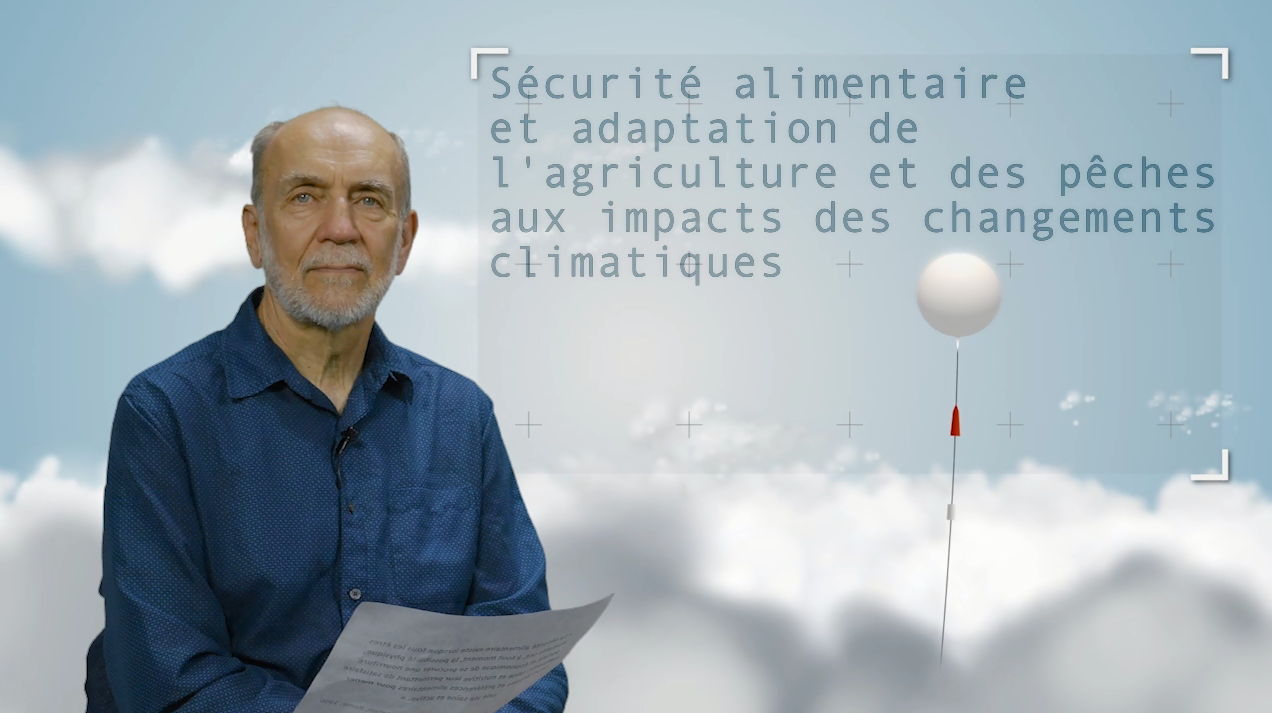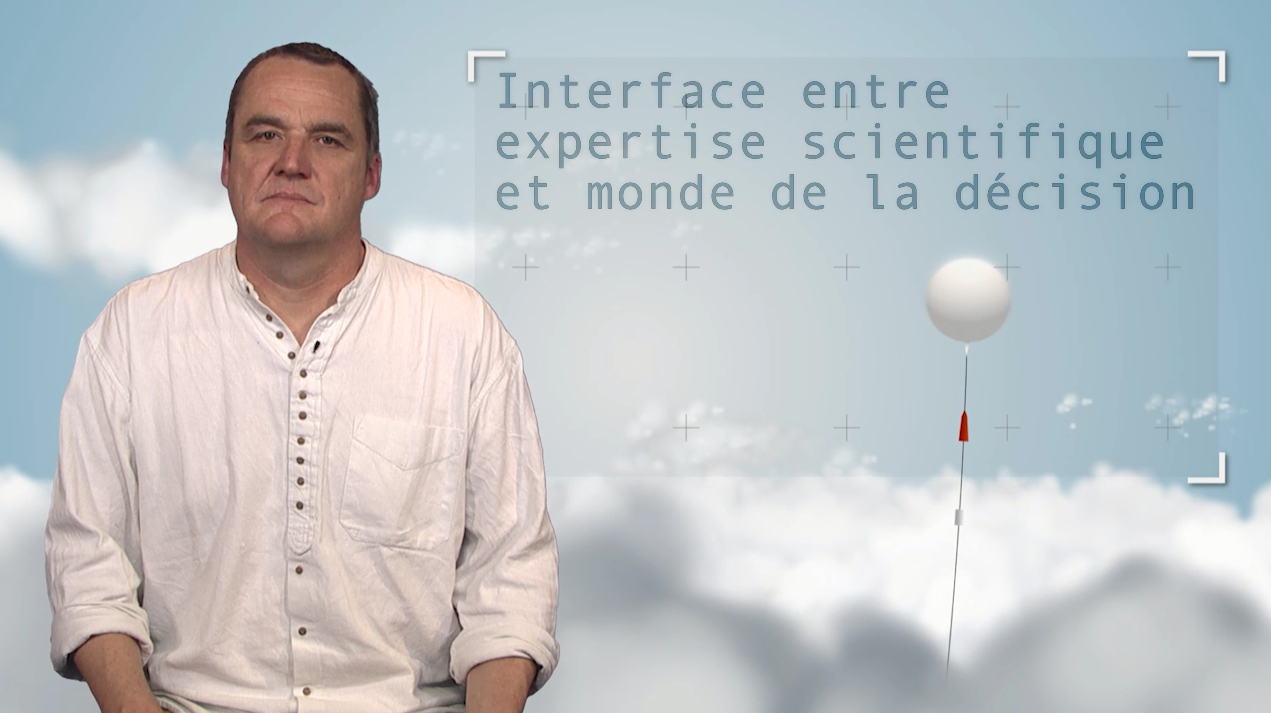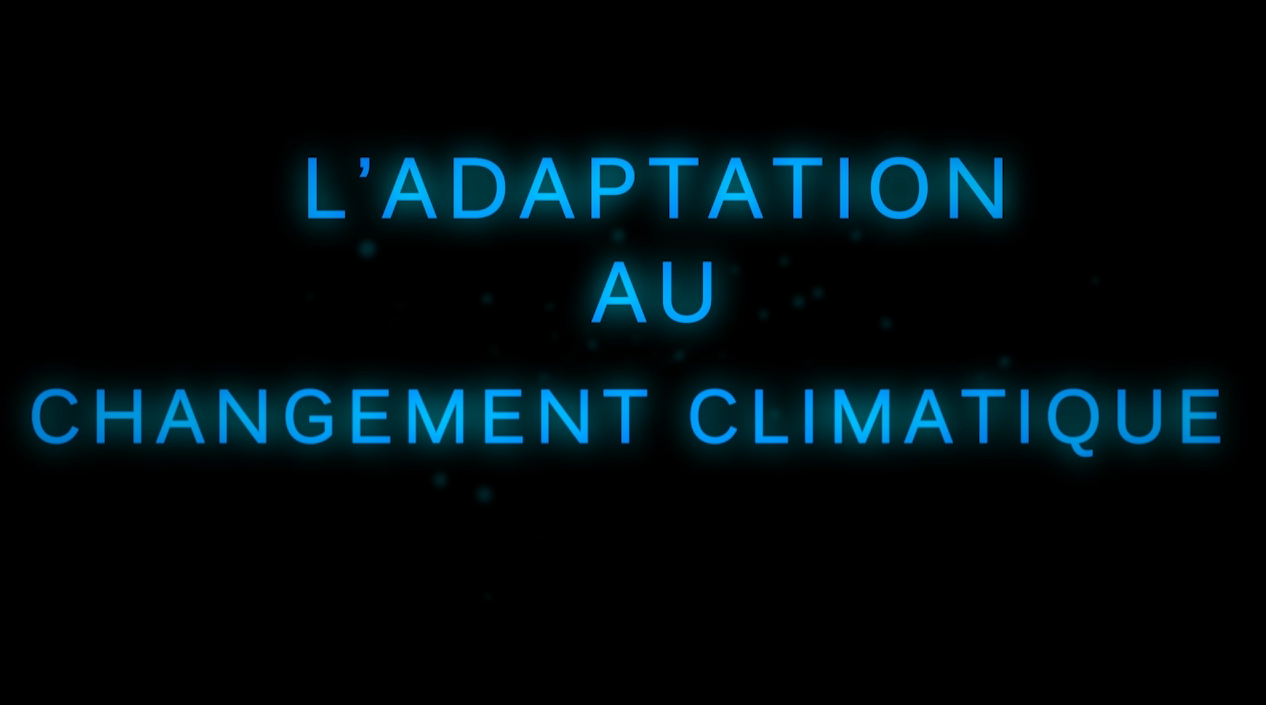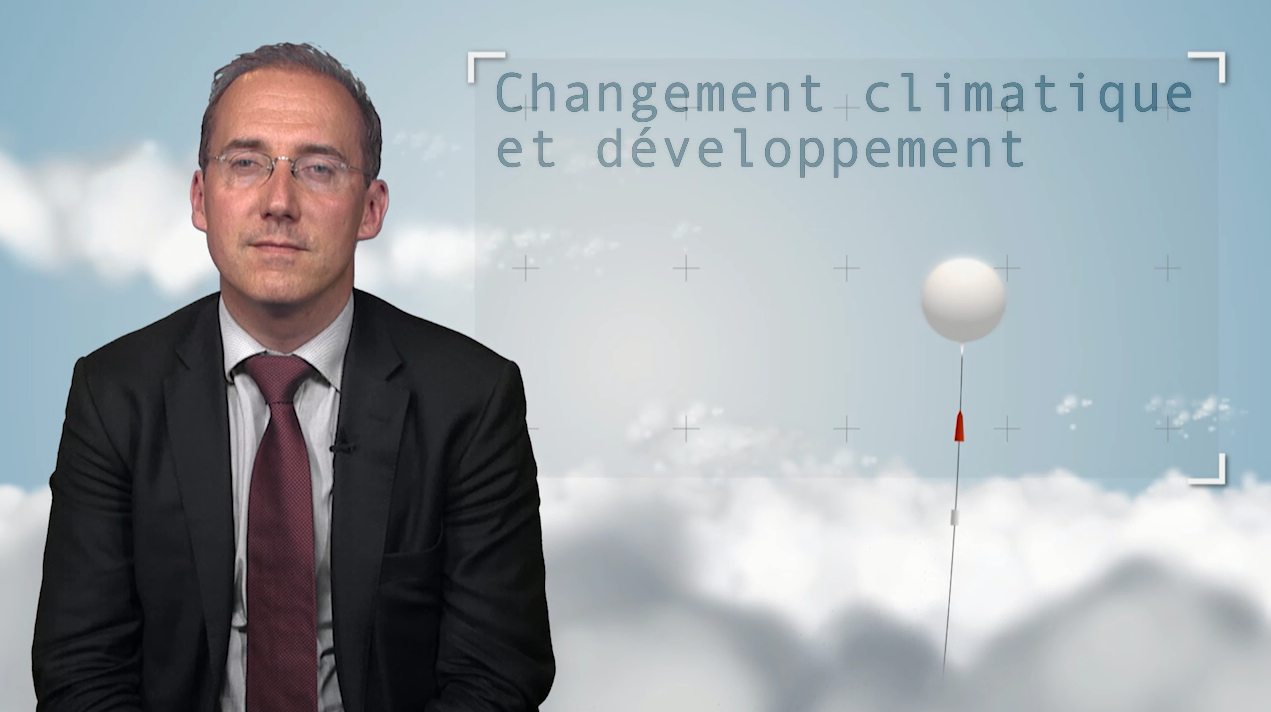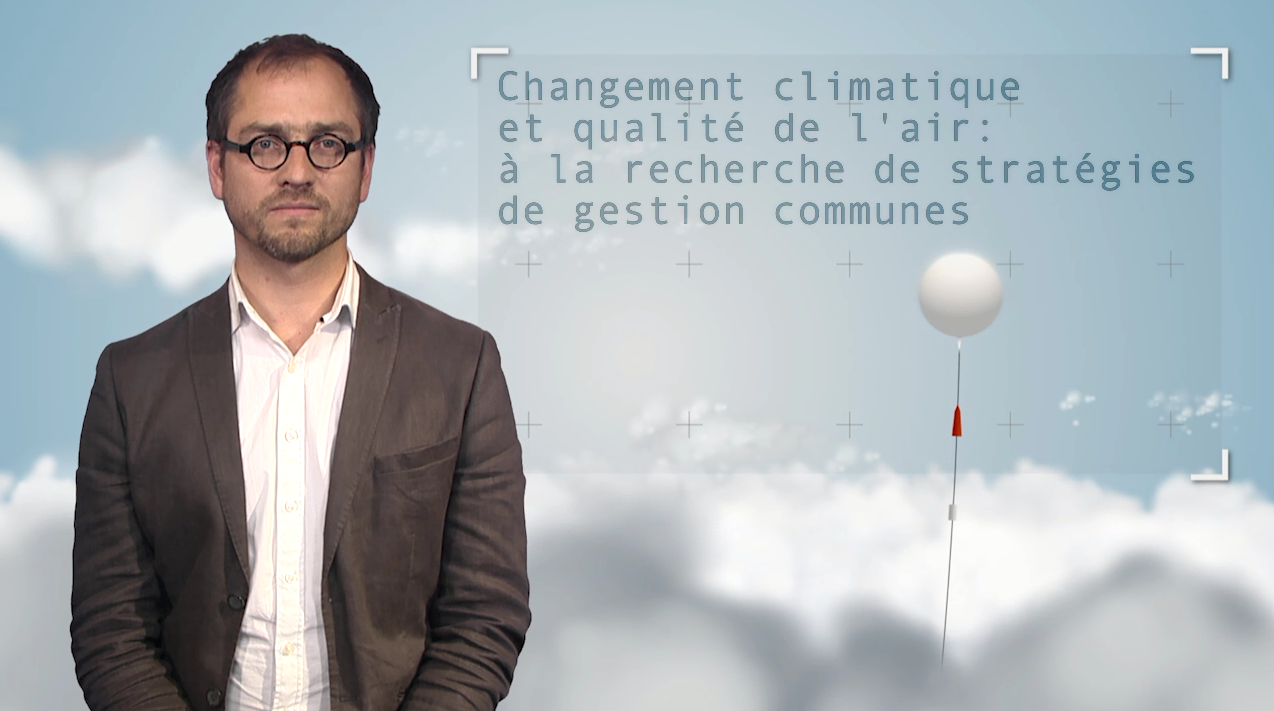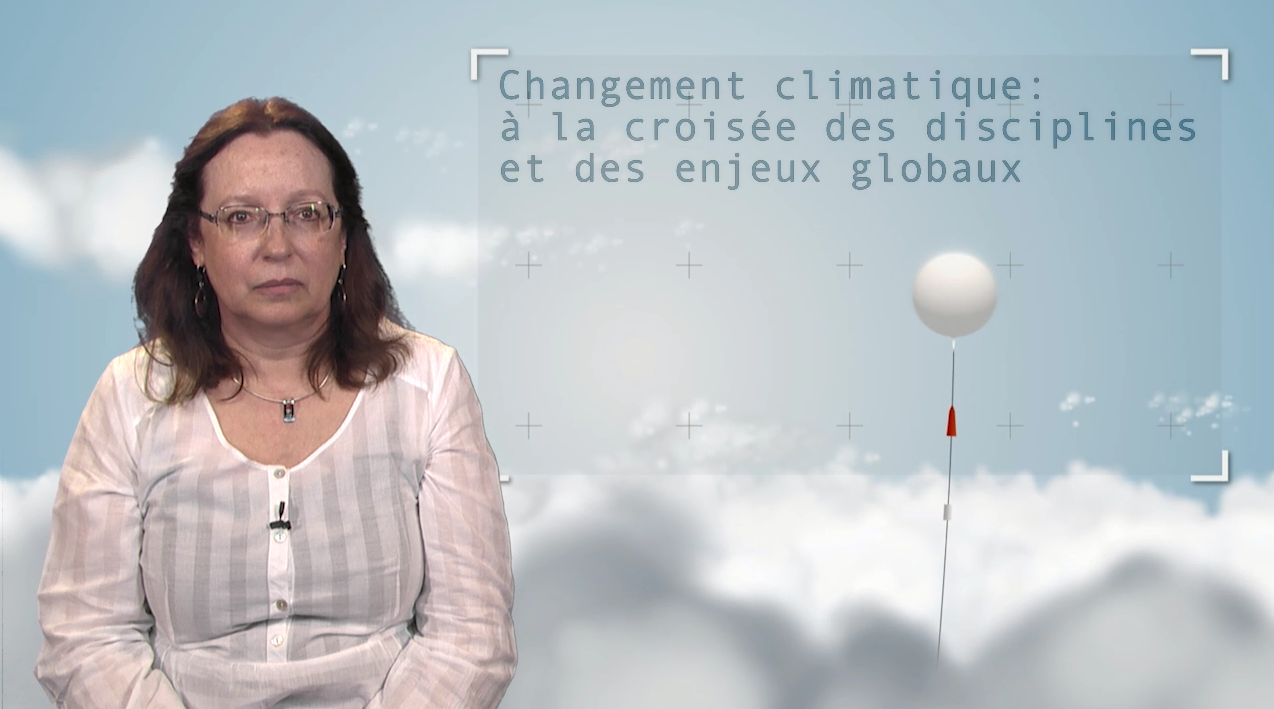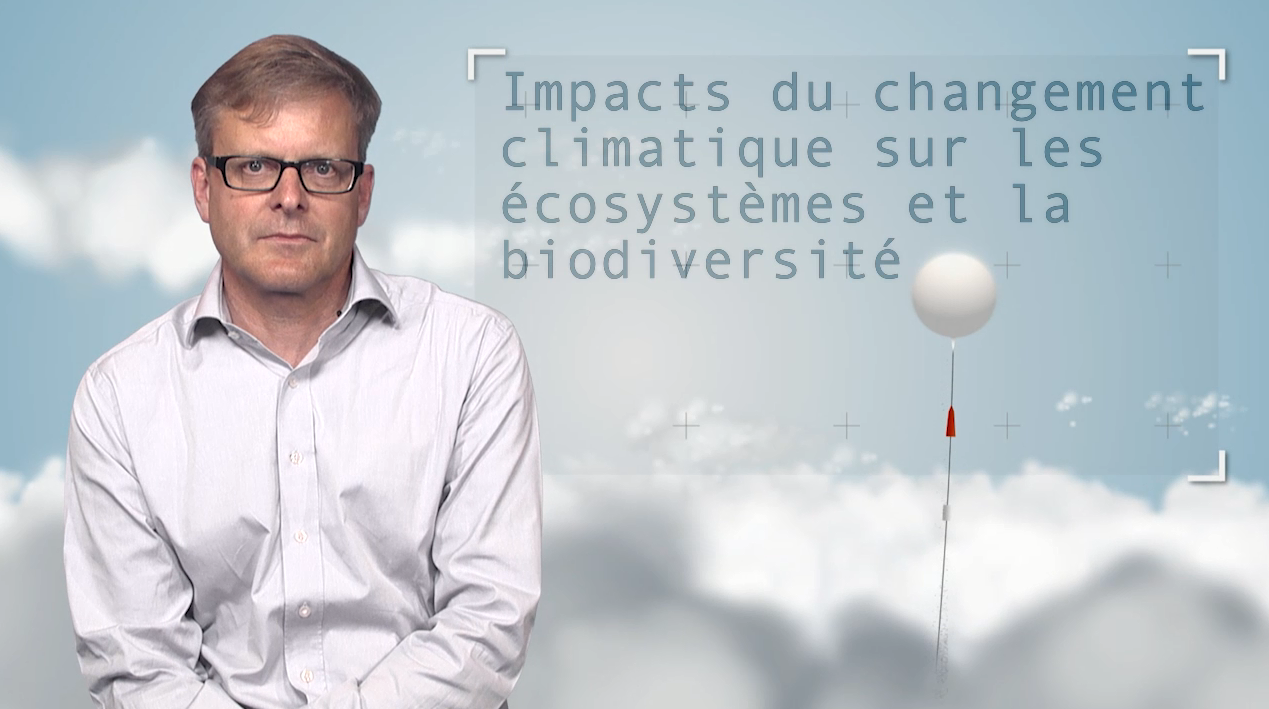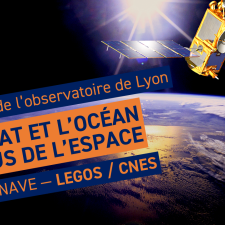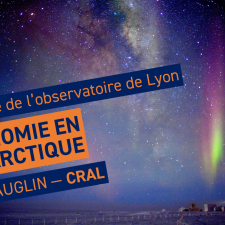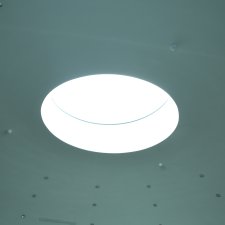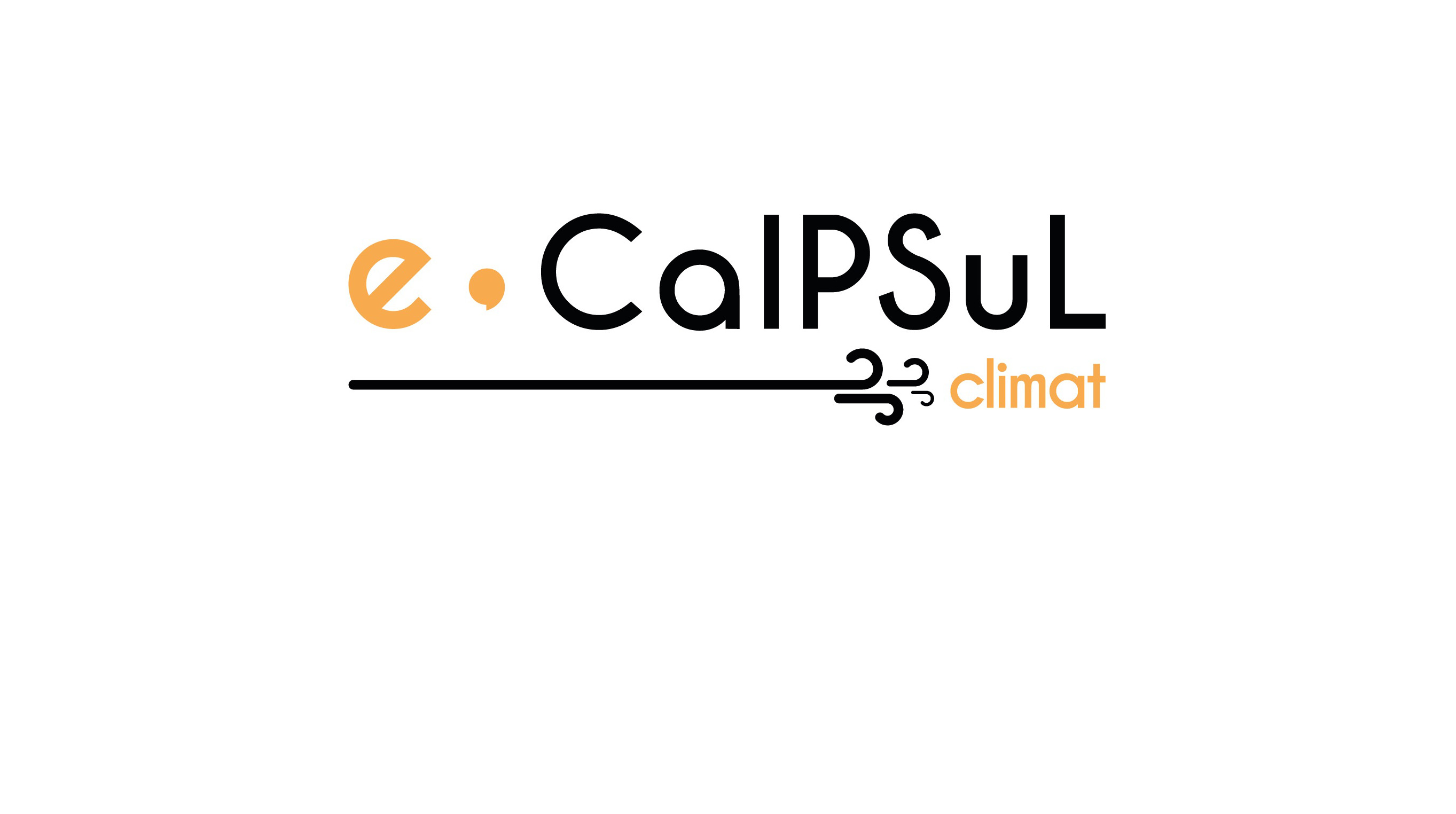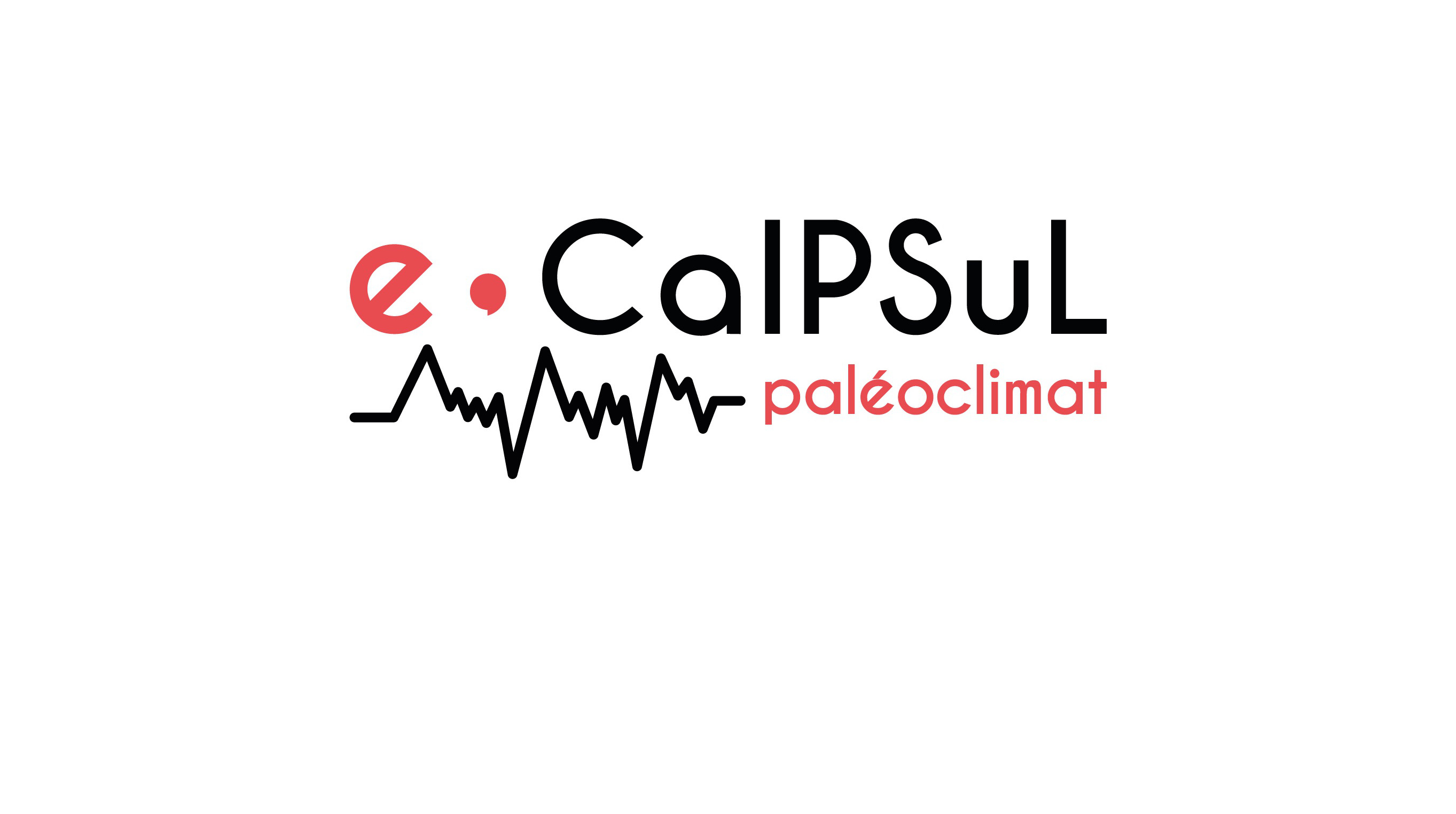Notice
Le financement de la transition climatique
- document 1 document 2 document 3
- niveau 1 niveau 2 niveau 3
Descriptif
Dans cette vidéo (10'36), Michel Aglietta, professeur émérite en économie à l’université Paris Ouest-Nanterre, évoque le financement de la transition bas carbone. Après avoir évoqué les risques économiques liés à cette transition, il évoque les difficultés liées à la "tragédie de l'horizon" et propose un cadre général pour encourager, dans cette voie, les investissements à long-terme.
Dans la même collection
-
Gaining control of the animal minds of finance at the service of the transition towards a low carbo…
HourcadeJean-CharlesIn this video (10'00), Jean-Charles Hourcade, director of research at the CNRS and director of studies at EHESS, discusses the necessary reorientation of savings to finance the low-carbon transition
-
Financing the climate change transition
AgliettaMichelIn this video (10'36), Michel Aglietta, Emeritus Professor of Economics at Paris Ouest-Nanterre University, discusses the financing of the low carbon transition. After discussing the economic risks
-
Maîtriser les esprits animaux de la finance au service de la transition bas carbone
Dans cette vidéo (10'00), Jean-Charles Hourcade, directeur de recherche au CNRS et directeur d’études à l'EHESS, discute de la nécessaire réorientation de l'épargne pour financer la transition bas
-
EN-5. Food security and adapting agriculture and fishing to the impacts of climate change
ChouinardOmerOmer Chouinard discusses about the risks that the climate change can cause for the food security of the world population. He highlights some leads that should enable to reduce these environmental
-
EN-8. Bridging the gap between scientific knowledge and decision making
VanderlindenJean-PaulJean-Paul Vanderlinden talks about the relation between scientists and decision-makers. He shows how this interface works and, in the climate field, he highlights several strategies to increase the co
-
EN-6. Climate change and infectious diseases
GuéganJean-FrançoisJean-François Guégan talks about the consequences of climate change on the infectious risk for human populations. He shows that temperature and pluviometry fluctuations are linked to the activity of
-
EN-9. Adapting to climate change
SimonetGuillaumeGuillaume Simonet discusses about the emergence of an idea of adaptation to the climate change for populations and states, and he shows how we try to reach it. Then he underlines the interest in
-
EN-4. Climate change and development
GiraudGaëlGaël Giraud talks about the relation between climate change and development. He evokes the economic tools that have to be implemented to convince and to help the southern countries, which are
-
EN-7. Climate change and air quality: finding joint management strategies
ColetteAugustinAugustin Colette evidences the relations between the air quality, which is very concerning in terms of public health, and the climate change. He discusses about the societal trajectories that should
-
EN-2. Interdisciplinarity and climate studies
VanderlindenJean-PaulJean-Paul Vanderlinden explains what is the interdisciplinarity and very concretely shows why such an approach is necessary when we are interested in the climate evolution. He gives examples of
-
EN-1. Climate change: at the juncture of disciplines and global challenges
JoussaumeSylvieSylvie Joussaume highlights the interaction between the climate change, environmental changes and societal changes. She underlines the importance to resort to study and decision methods that are based
-
EN-3. The impacts of climate change on ecosystems and biodiversity
LeadleyPaulPaul Leadley discusses about the adaptation of ecosystems and biodiversity to the current and future climate change. He highlights the more or less strong ability of some groups of species to adapt to
Sur le même thème
-
Changement climatique, fonte des glaces, réchauffement et hausse de l'océan : le rôle de l'observat…
CazenaveAnnyIl est à présent bien établi que les activités humaines sont la cause du changement climatique observé de nos jours. L'apport de l'observation spatiale, à l'aide de satellites en orbite autour de la
-
Vent et ville : atelier
GoffetteCharlotteCharlotte Goffette propose aux participants un atelier pour tester in situ ses petits instruments de mesure sensible du vent.
-
Vent et ville
GoffetteCharlotteCharlotte Goffette, chercheuse en design, anime une matinée consacrée à son travail sur le vent.
-
La recherche en milieu polaire (Dôme C, Antarctique)
VauglinIsabelleLa base scientifique de Concordia, en Antarctique, accueille toute l'année des chercheurs et des chercheuses qui viennent braver les conditions extrêmes du pôle Sud pour scruter l'Univers. Le
-
Laplace, le climat et nous
DhombresJeanLe TreutHervéavec Hervé Le Treut (climatologue) et Jean Dhombres (historien des sciences)
-
Le cycle du carbone perturbé par les émissions anthropiques
BoppLaurentUne présentation consacrée aux effets de l'action anthropique sur le cycle du carbone depuis le milieu du XXe siècle et les conséquences qui en découlent sur le climat.
-
le resilience assessment framework, un outil de diagnostic pour les villes et les secteurs s…
Par Maria Adriana Cardoso, chercheuse au Laboratoire du Génie Civil du Portugal, accompagnée de Maria João Telhado, Cheffe de division Environnement et énergie, Municipalité de Lisbonne dans le cadre
-
Atmospheric chemistry, pollution and climate change - Solène Turquety
How do atmospheric pollutants impact on the climate? What is the radiative impact of aerosols? Budget of the radiative impacts. What is the benefit to the climate of improving air quality? What
-
Renewable Energy and Climate Change - Riwal Plougonven
What does the IPCC (Intergovernmental Panel on Climate Change) recommend in terms of emissions for the decades to come? What are our sources of energy? How quickly has the breakdown of these primary
-
Weather extremes and climate change - Philippe Drobinski
How do weather conditions vary? What are extreme weather events? How do we define weather extremes?
-
Physical Chemistry of Atmospheric Pollution - Juan Cuesta
What are the most harmful air pollutants? What are the main impacts of these pollutants on health and the environment? What are the sources of these two major pollutants? What about ozone pollution
-
What do we measure in ice cores ? - Jean Jouzel
What do we measure in ice cores? The stable isotopes of water to to reconstruct past temperatures. To reconstruct the atmospheric composition of greenhouse gases. Future projects.





